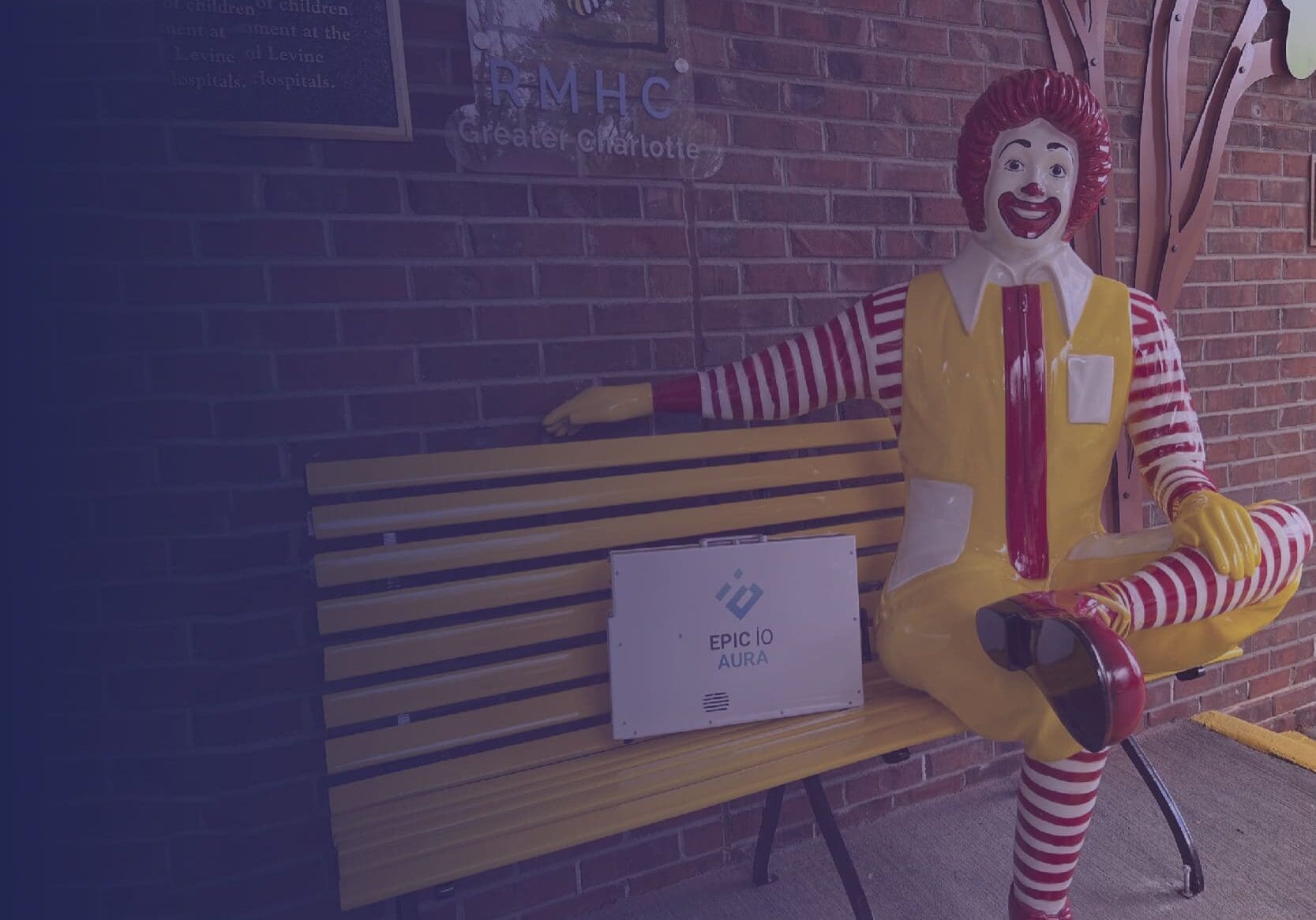Some companies, like EPIC iO, offer biosecurity solutions that address the risk of infectious diseases. It begs some simple questions: Just how big is the risk? Is it a problem that even needs addressing? Given how fundamental they are, these questions deserve a little exploration.
GET OVER IT
That person is not wrong, but it is also just their opinion based on their personal experiences. In the past, when they caught something they just powered through and shrugged it off. Maybe there was a temporary fever, some nausea and a few aches, and possibly some inconvenient tummy issues. Maybe there was a rare visit to the local urgent care center, but it likely never ended up in ER, hospitalization, or the ICU.
After introducing themselves at a party, public health infectious disease experts must be familiar with the following response: “I don’t know about you but I can’t live my life in fear all the time, you just have to get on with it and accept the risks.” Especially after Covid.
EVERYONE IS LIKE ME
This optimistic person assumes everyone is built like them, and could just shrug it off if they really wanted to. Maybe they have lost someone to cancer, heart disease, a stroke maybe, but not from an infectious disease from a bacterium like E. coli or Salmonella, or a fatal fungus like Candida auris. Covid raised global awareness of the issue and risks, and was a crash-lesson in epidemiology and underlying health issues. But for many who caught it and made it through unscathed, it reinforced the belief that “you just have to accept the risks”.
ONE IN FOUR ARE NOT LIKE ME
It would be great if everyone was equally resilient. In the US 241 million are, but incredibly 91 million are not.
When we make choices about what to disinfect, and how often, should we base those decisions based on the resilient 72% majority, or the 1 in 4 minority? Is the decision to focus on the majority pragmatic, or discriminatory? Do the public health needs of those 91 million deserve to be taken into consideration?
FOUR GROUPS ARE VERY DIFFERENT
There are four groups of people who are very much at risk, and they represent such a large fraction of the population, more than one in four US citizens. To ignore their needs could even be considered selfish.
Represented by the acronym YOPI, they are the young, the old, the pregnant, and the immunocompromised. These 91 million individuals, 28% of the US population, is greater than the population of every man, woman, and child in California, Florida, and Texas combined.
YOUNG
The young category total 24.9 million souls in the US, or 7.5%. The under-fives are vulnerable because their immune systems are still developing and there are considerable risks using strong drugs on infants, who sometimes cannot even describe their pain.
OLD
55.8 million people are over 65 years of age, and constitute a rapidly growing demographic. Seniors make up 16.7% of the total population, the largest chunk of the four categories.
PREGNANT
At any one time, about 4 million women are pregnant in the US, which is around 1.2% of the population. They are naturally severely restricted in the treatments they can receive because of the associated risks.
IMMUNOCOMPROMISED
There are 7 million people, or 2.1% of the US, who’s immune systems are weakened. This may be because of a particular health condition, or resulting from current medication or treatment, but they know they are at risk and are constantly reminded by their doctors overseeing their care.
MORE THAN YOUR AVERAGE TUMMY ACHE OR FEVER
When most of us think of a simple staph infection or strep throat, it doesn’t occur to us that if it enters the blood stream it can cause irreparable damage. MRSA, a type of staph, has been the cause of leg amputation for NFL athletes and kills 11,000 Americans a year. The numbers have increased but even in 2005, 368,600 patients were hospitalized with MRSA, for an average of 10 days, costing an average of $14,000. Multiplied out that is 3.7 million hospital days, and $5.1 billion.
5.2 million outpatients know non-invasive strep goes away like magic with antibiotics. But with invasive strep, it enters parts of the body normally free of germs, and patients ends up with blood infections, necrotizing fasciitis, pneumonia, and toxic shock syndrome. Parents of kids with strep know it as a painful nuisance, forcing them to take a day off work and pick them up early from school. Understandably, they don’t think of it as something that causes thousands to be hospitalized, of which many die.
NOT EVERYONE IS AS LUCKY AS WE ARE
When we say “Stop, there’s no need to disinfect that room, we did it a few months ago”, we are saying it through the lens of our own good fortune. We are saying that since there is an insignificant chance I will catch something, that applies to others too. There is no need to live in fear. We still fly in planes after all, knowing that luck will be on our side.
But for one in four of the US, two things are true. The chances of infection are far higher, and the consequences are far greater.
Until now, the ability to disinfect an entire room has been out of reach of all but a few. But EPIC iO AURA changes that, but economically and automatically disinfecting all surfaces in a room, minimizing the chances of spreading diseases. EPIC iO AURA is literally a lifeline for millions of people.
For more information of EPIC iO AURA please visit epicio.com.








